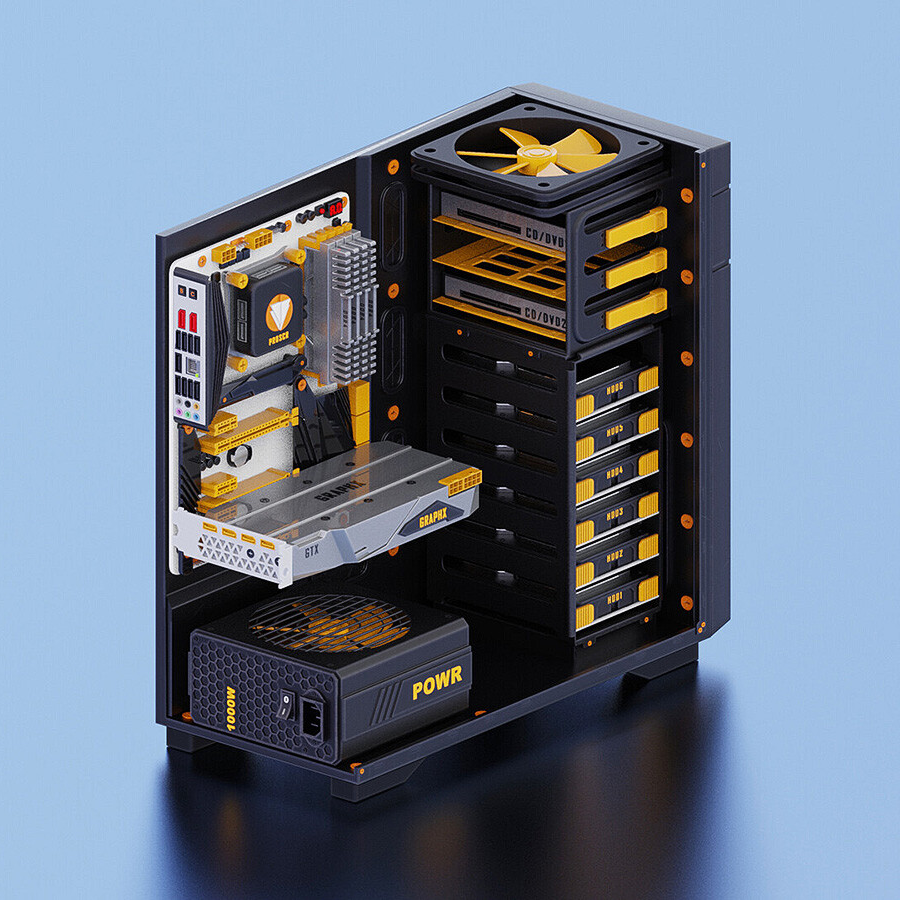

What a drive by Franco! He almost got fastest lap as well. Amazing battle with Magnussen


What a drive by Franco! He almost got fastest lap as well. Amazing battle with Magnussen


Two candidates for my best-discovery-of-the-year prize,
Ptyxis terminal: https://gitlab.gnome.org/chergert/ptyxis A modern take at a terminal, gtk-4 native, gpu accelerated, container-aware etc that replaced tilix in my setup. And it comes neatly packaged as a flatpak
LogSeq notes: https://github.com/logseq/logseq A different approach to note taking & journal. Very nice looking, rich plugin ecosystem, could use some performance boost but I think they are working on it
Big shootout to flatpak/flathub that for me has finally taken off, I converted all of my regular desktop apps to flatpaks. Went from 3-4 apps last year to ~20 (including Firefox libreoffice, even my terminal app) this year and not looking back. This has made doing a major host SW upgrade almost painless for the first time in 25+ years using Linux desktops.


That guy that gave the release, what was he thinking!


What a weekend for Williams and most specially for Colapinto! Here’s to hoping he will take this chance and make his 9-race-only chance the start of a brilliant F1 career. He seems to have what it takes
Well these days we have flatpak to solve the “not in the repo” (or ‘old version in the repo’) problem.


It’s a fair point but I would rather diversify and also use something that is open / less opaque


A few years ago when my org got the ask to deploy the CS agent in linux production servers and I also saw it getting deployed in thousands of windows and mac desktops all across, the first thought that came to mind was “massive single point of failure and security threat”, as we were putting all the trust in a single relatively small company that will (has?) become the favorite target of all the bad actors across the planet. How long before it gets into trouble, either because if it’s own doing or due to others?
I guess that we now know
For a low end, small, low consumption Intel box for HTPC/Kodi, Home assistant, Frigate, small Home Server or all of the above, I can recommend any N100-based box or mini itx mobo. It’s very fast compared to prior Intel low consumption CPUs (apollo lake etc), does 4K, HDR, AV1.
I.V. Drip blend from darkcity cofee in Toronto. Roasted a few days ago. Looking forward to my morning cortado!


I just checked that link and YES, actually it is, thanks for pointing it out. The docs must have been updated for v0.13, they added the ffmpeg prefix to the go2rtc stance, this wasn’t there before. I found this originally in a github bug discussion with the frigate dev, where he suggested the person having issues to try this out and see what happens. There was no follow up after that suggestion though.


Note - another helpful tip for 510WA cams: in this github listing: Reolink Firmware Archive, you can find a link to version 3.1.0.1387 which I have been running for a week, this version is much newer than the latest official release (.764), it adds two useful new options in t he Stream configuration section (which is only accessible via the Web interface of the cam),


what is the point of doing that? I just checked and I have hundreds of entities, it would take a huge amount of time to see which ones to keep visible / which ones are used in automations or visualization etc. What is the harm of just leaving them exposed?
I am no programmer either, mainly a technical-oriented user, and I made the switch to a linux-only desktop almost 20 years ago. I tried several distros but I keep coming back to ubuntu (in vanilla gnome mode), with it’s closeness to debian and huge library of apps, with it’s massive userbase you get a lot of online community support, and it’s really polished these days. For the last 5-6 years or so I’ve been using “LTS” releases, doing major updates every two years, I found that to be a very reasonable cadence and it gives you great environment stability. The only significant downside I found these days is ubuntu’s insistence in using their (proprietary?) snap desktop container app ecosystem, I personally much prefer flatpaks, and actually I use flatpaks extensively on my ubuntu desktop for SW that needs frequent updating (darktable, logseq, etc)
was an issue confirmed? I noticed -different from before- that my new subscriptions to communities stay in ‘pending state’ and don’t seem to move to ‘joined’ as was happening before
Baratza Vario W - daily use for the last 8 years or so and going strong. Zero ground coffee mess, decently accurate and consistent (grinds by weight), looks nice. Mine only needed one burr adjustment in the 5 year mark (it comes with tool and the instructions).


Generally it’s the mobo chipset that determines which CPUs are compatible. Often the chipsets are compatible with two generations of CPUs, that was the case with H6xx from intel, i got one with an alderlake cpu amd could upgrade it a year and a half later with rocketlake. The mobo OEM needs to support this in their uefi/bios


Did you check logseq? It’s on flathub


Thanks all for the tips on this. I will explore the IFTTT + todoist route that seems to be the only current option to get the Alexa/echo shopping list integrated with HA’s
Tilix [https://gnunn1.github.io/tilix-web/] is missing from the list. My terminal of choice for the last (I lost count) however many years. Integrates nicely with gnome3+
Well arguably the crash during the race was mostly their own doing. Colapinto had been asking for the right tires for the intense rain and for reasons unknown they kept him waiting.